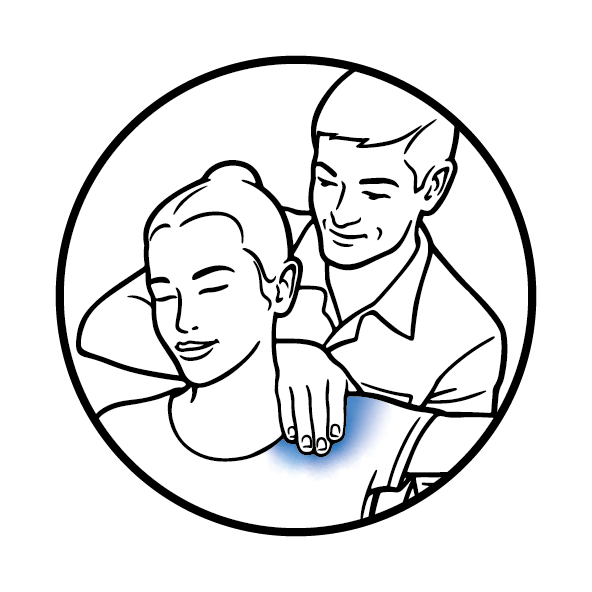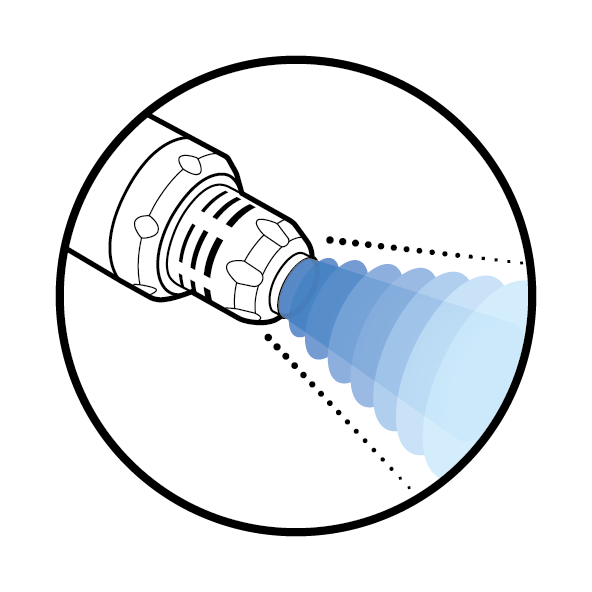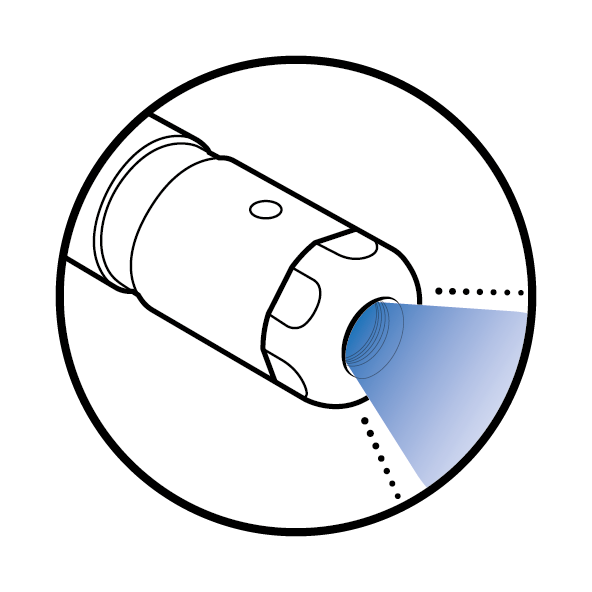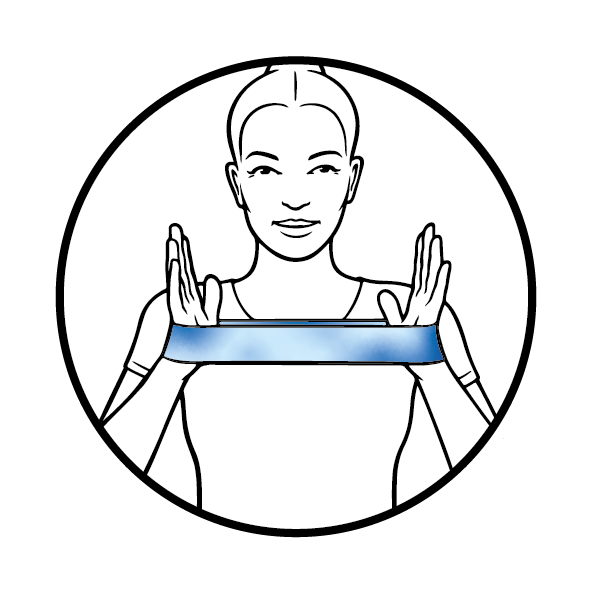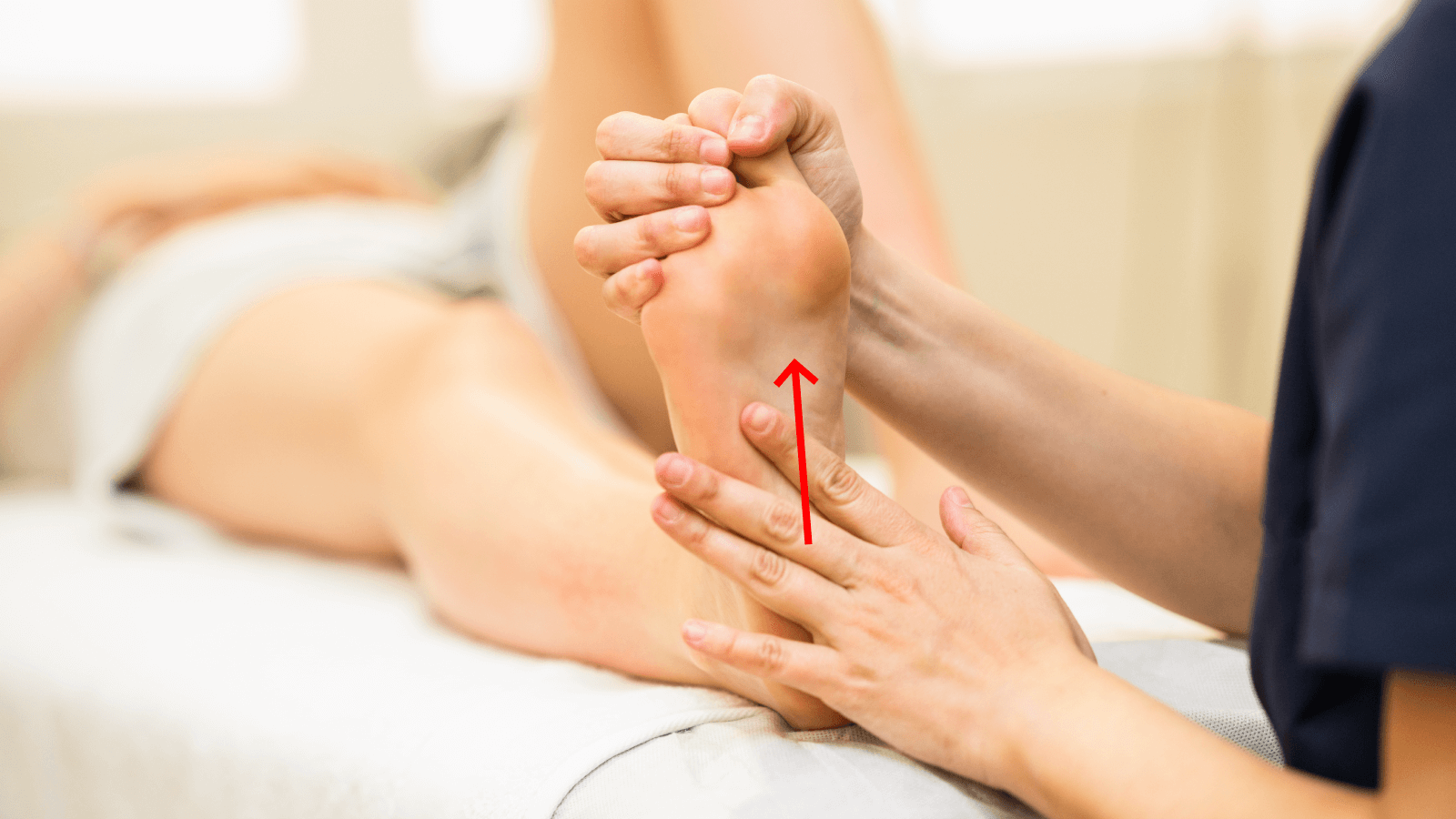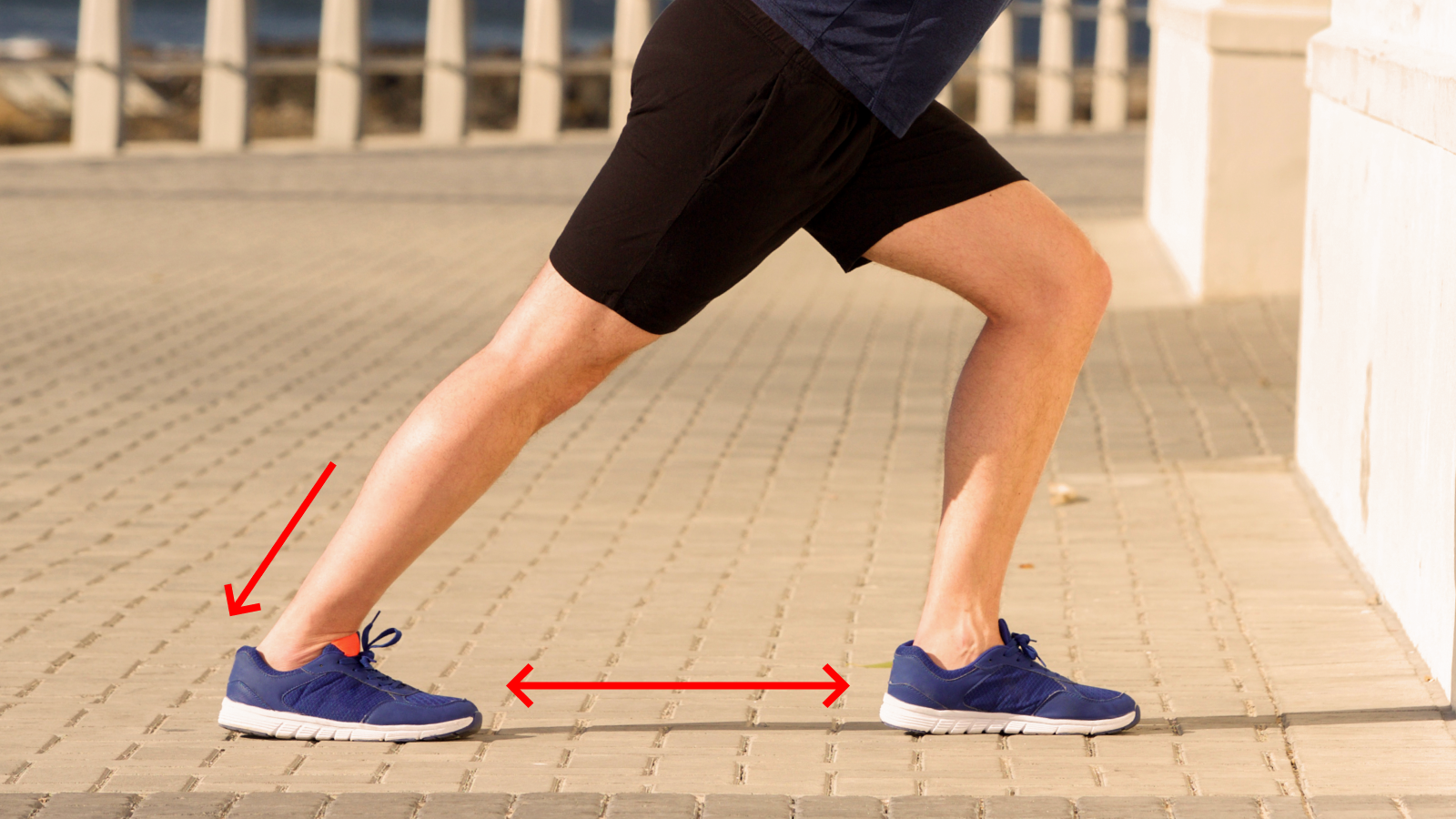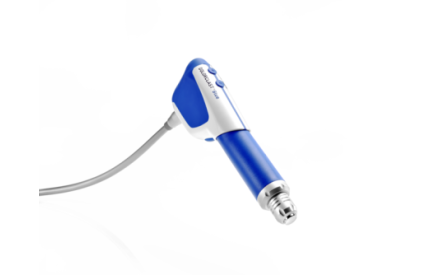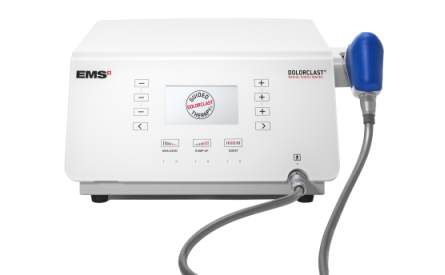You are here
05 - Rehabilitation & follow-up
SEE ALL
CHAPTERS
Rehabilitation & follow-up
Which exercises should patients undertake to facilitate optimal recovery?
Clinical trials have demonstrated clearly that physical therapy offers short and long-term relief of symptoms, functional improvement, and a reduced need for pain medications [11-13].
For best clinical results, it is recommended to support the effects of physical therapy with RSWT®. According to research, a program of manual stretching in combination with repeated low-energy RSWT® was superior to RSWT® alone in the management of chronic plantar fasciopathy [12]. The proposed physical therapy (PT) should be tailored individually to the patient by assessing their physical capabilities and functional limitations, and the severity of the plantar fasciopathy.
Recommended exercises include:
- Plantar fascia stretching. Tension in the plantar fascia can be confirmed by palpation in order to check that the stretch has been performed correctly. Typical regimens involve three sets of 10 repetitions performed each day.
- Achilles tendon stretching. It is important that the toes of the affected foot point toward the heel of the front foot.
How can it be ensured that the patient complies with the treatment when unsupervised at home?
The use of outcome measurement tools provides both you and the patient with valuable feedback. Even the slightest improvement as demonstrated by outcome measurement tools might constitute a significant incentive for patients to continue their treatment. Try to alleviate any possible doubts concerning the treatment and to provide sufficient information regarding possible outcomes.
How should I check for improvement?
It is recommended to measure the treatment outcome with:
- Foot and Ankle Ability Measure (FAAM)
- Visual Analogue Scale (VAS)
- Numeric Pain Rating Scale (NPRS)
- The Global Rating of Change score (GRoC)
What results can I expect?
Treatment should gradually alleviate pain and improve function, leading to an overall increase in the patient’s quality of life. However, every case is unique. With this in mind, patients should be informed that treatment outcomes depend not only on the severity of plantar fasciopathy but also on individual factors such as genetics, physical condition, and comorbidities. To obtain satisfactory and sustainable results, it is essential for the patient to adhere to their personalized treatment regimen, as any deviations from the treatment plan will significantly slow the recovery process. Because plantar fasaciopathy is a complex condition, it is recommended to combine a range of methods. If necessary, Guided DolorClast® Therapy should be supported by weight loss and regular physical therapy.

